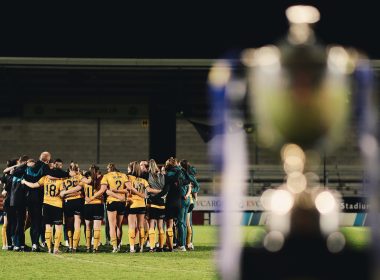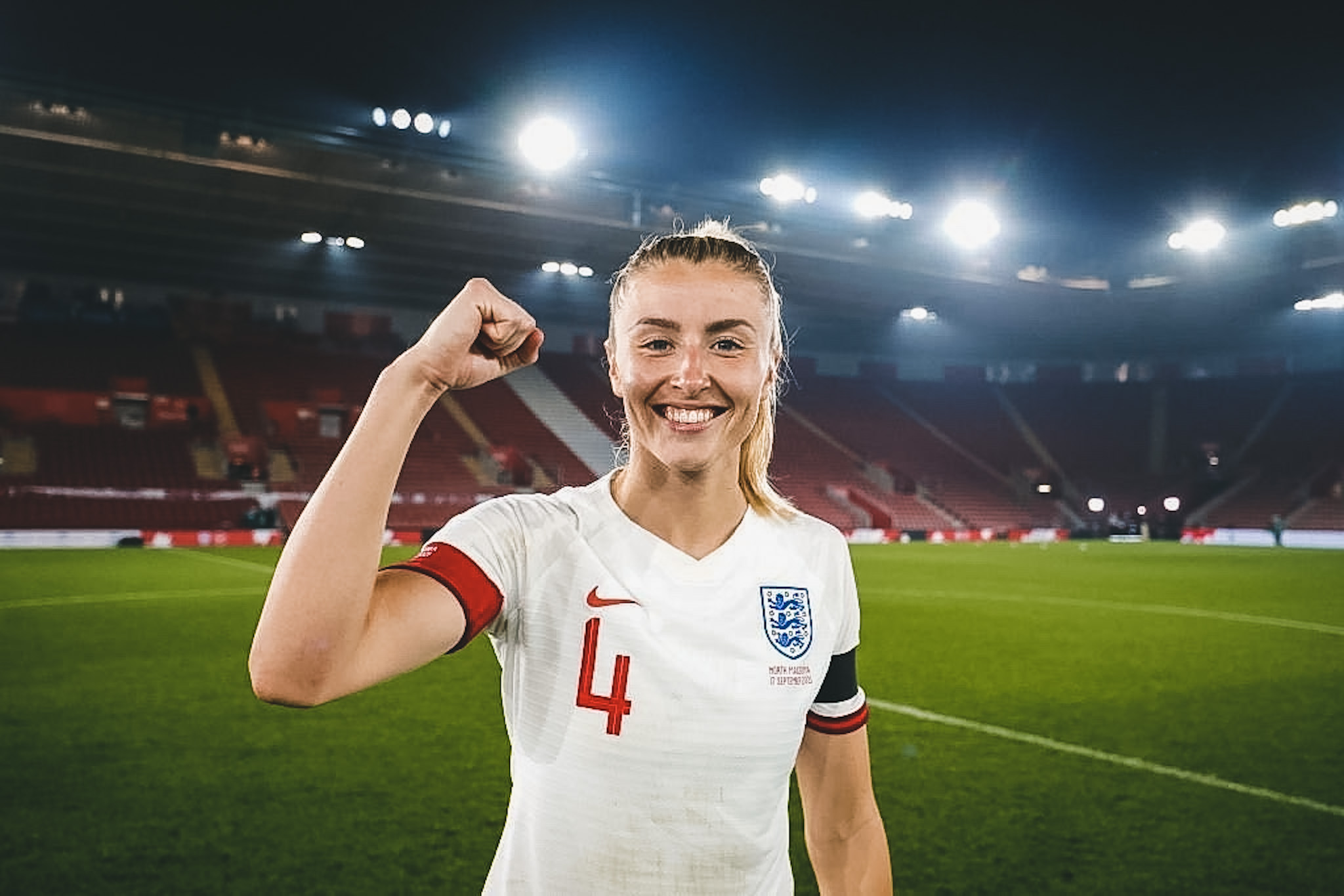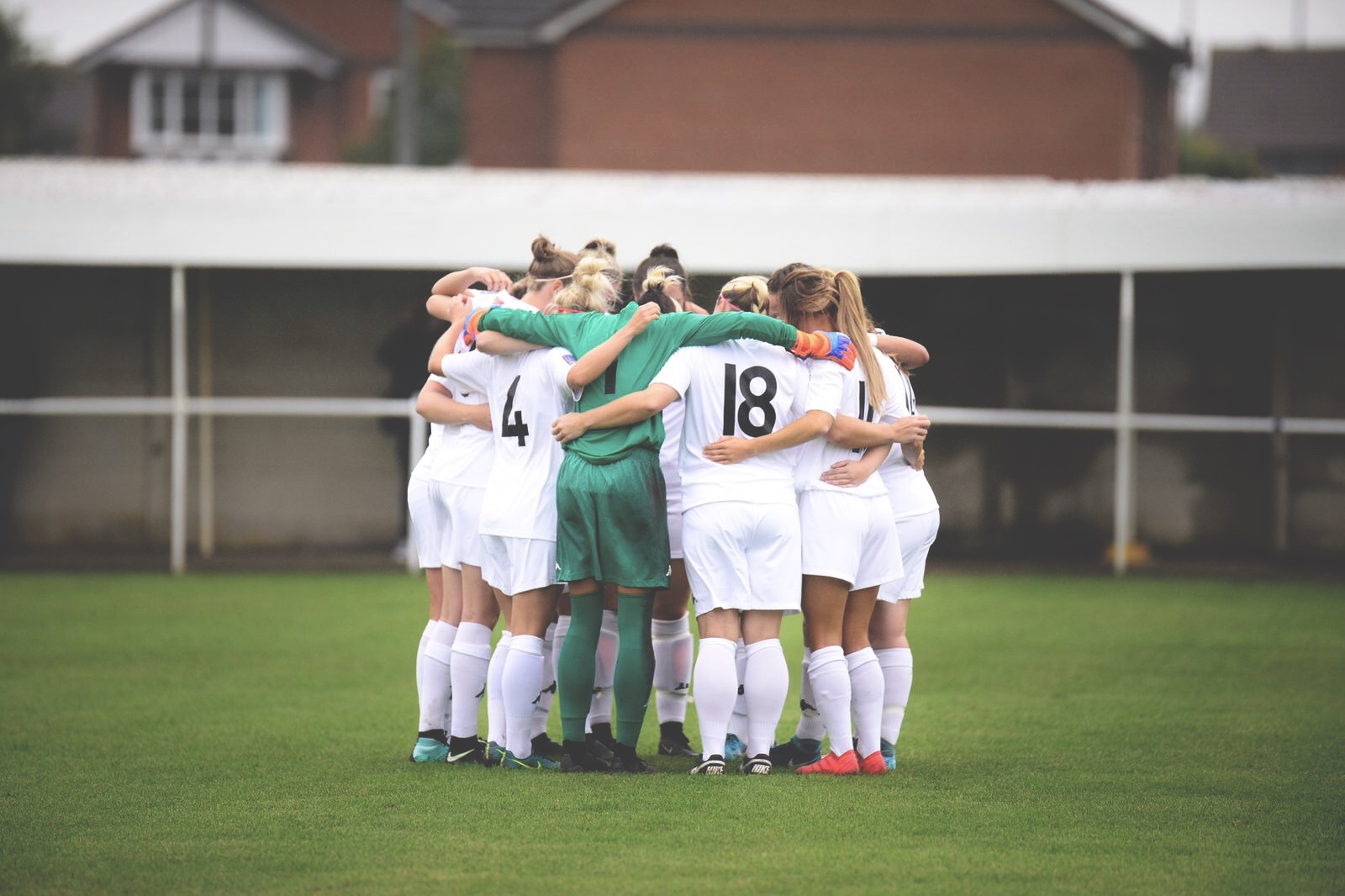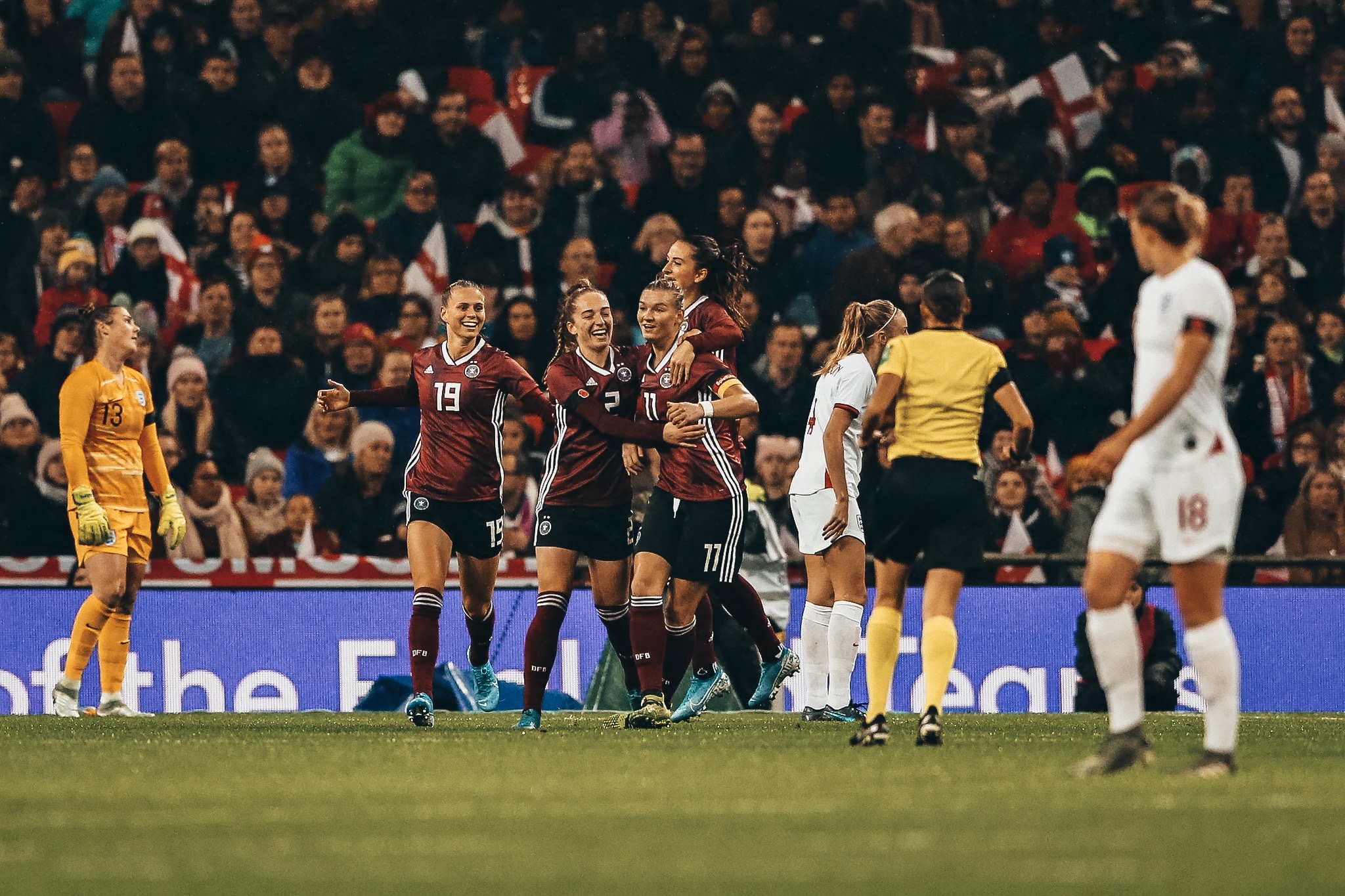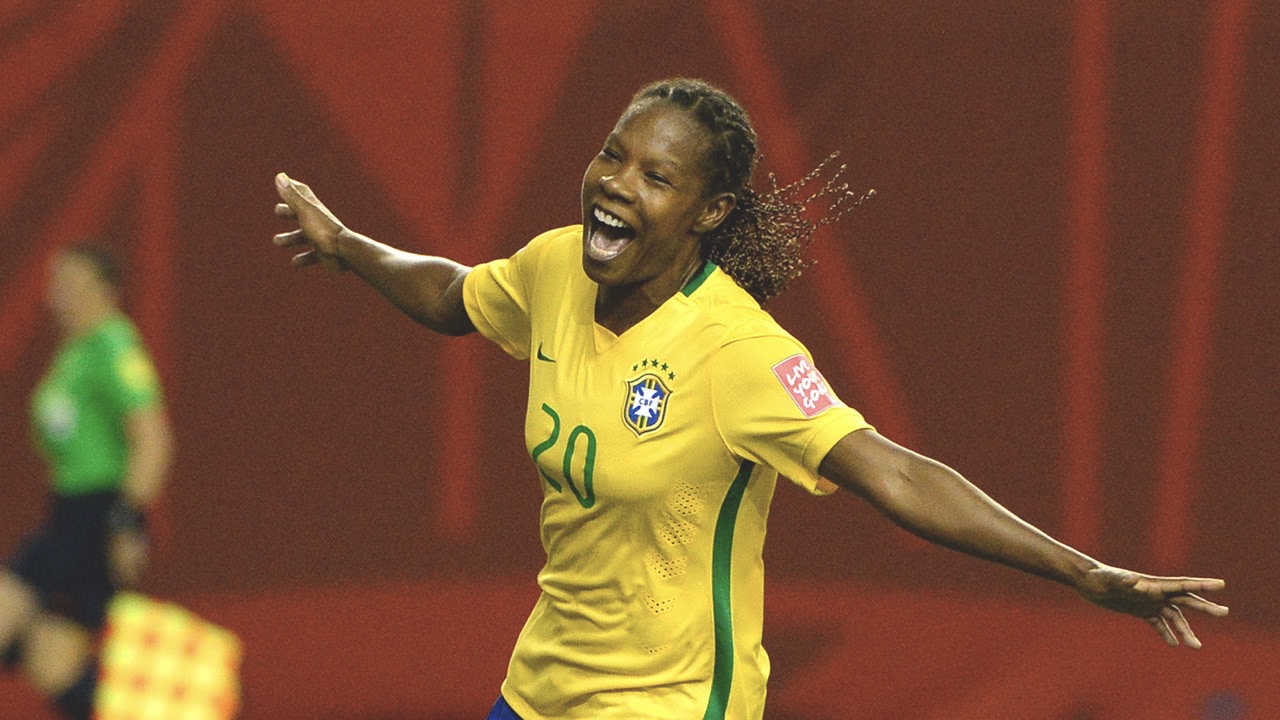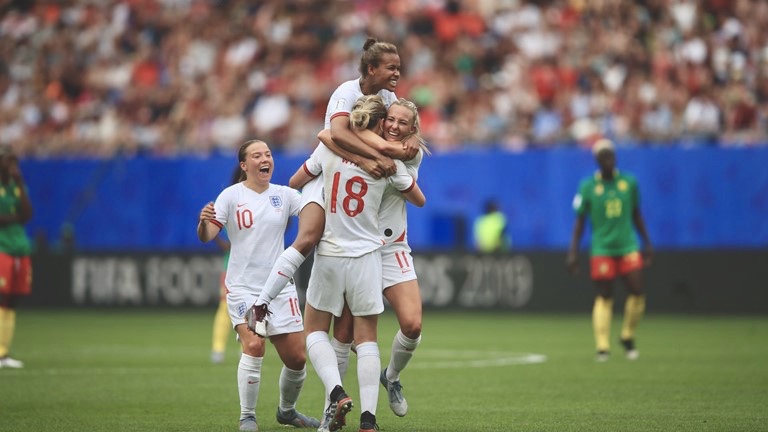Over the past couple of years, under Phil Neville and Hege Riise, England have typically played with a 4-3-3 formation. This was usually reinforced with a rather bland game-plan and a chronically predictable line-up. Unsurprisingly, no matter how many times the system was used, it never quite worked.
The term ‘plateau’ would be reasonable to use. No visible improvement was seen since the semi-final of the 2019 World Cup. At first it was understandable but a hangover can only last for so long. Since then, many of the Lionesses’ disappointing results have been pinned on defensive fragilities. Whilst it is fair to argue there certainly have been occasions in which England were defensively poor, the fact they struggled to make very little impact through the middle and final thirds points to problems further up the pitch.
England’s midfield has been a sticking point in their development. As aforementioned, England typically played using a 4-3-3 formation, yet lacked the personnel in midfield to successfully pull it off. The Lionesses used this system to field one defensive midfielder and two attacking ones. But looking at England’s midfielders there is a clear imbalance that has led to a disconnect between attack and defence.
Of their options, Keira Walsh is England’s only ‘trade’ defensive midfielder whereas Georgia Stanway, Ella Toone, Jordan Nobbs and Fran Kirby are all distinctly attackingly minded. What is missing is the player to bridge the two; a box-to-box midfielder. Jill Scott is England’s only current prospect here however she has not played a full ninety minutes of international football for quite some time.
So, either the formation needs to be adjusted or the squad does. Enter Sarina Wiegman. As if she read our minds and collective disdain, Wiegman has come in and pleasingly changed things up. Wiegman has played variations of the 4-3-3, but she has also used a 3-5-2 formation and most recently a 4-2-3-1.
It is the 4-2-3-1 that needs to be delved in to. Wiegman used this system in England’s first game of the Arnold Clark Cup against Canada, the first ‘testing’ side they had faced since her induction. Alessia Russo played as the sole striker in front of Lauren Hemp, Ella Toone and Fran Kirby. Behind them sat England’s usual defensive midfielder Keira Walsh alongside – drumroll please – Leah Williamson in a double pivot.
To understand why this pivot works, we must first understand how the two play. Walsh is a technical ball player with the unfathomable vision to pick out passes that can switch momentum at the drop of a hat. Walsh is also deceptively strong and has no qualms tussling one–on-one to win over possession.
On the other hand, Williamson is naturally a more physical player who demonstrates a strength when using her body to shield and interrupt. Williamson likes to create pressure by carrying the ball directly yet is also known for her ability to accurately pinpoint switches of play.
Williamson’s role within the England side has long been speculated. At club level, Williamson anchors the backline as a consistently well performing centre-half, however, her driving runs and proficient ball progression means she can easily slip into a higher position.
England are fortunate to boast the choice of several centre-backs; Lotte Wubben-Moy, Jess Carter, Steph Houghton, as well as the class talents of Millie Bright and Alex Greenwood. Therefore, pushing Williamson into a midfield role makes a lot of sense. It solves the conundrum of logistically playing Bright, Greenwood and Williamson at the same time whilst knitting the midfield into a more cohesive unit.
When using a double pivot, generally speaking, one player will remain close to the defensive line whilst the other moves more freely in supporting attacking phases of play. Interestingly, of the two, it is actually Williamson who is more likely to suit the progressive role despite playing as a defender in the domestic league. However, the beauty of the Walsh-Williamson pivot is that both can comfortably operate as either meaning they can be used interchangeably.
Defensively, this system offers a greater safety net. In times of pressure both Walsh and Williamson are able to fall back and protect the backline, in so creating a ‘box’ to close of central lanes in conjunction with the centre-backs. A Walsh-Williamson-Bright-Greenwood box is one that should be difficult to breach. Of course, this means oppositions will likely stretch play using the wings. However, a centre-back being dragged out wide to close down an approaching threat can be offset with a member of the double pivot dropping deep to cover.
In times of transition the pair can strike while the iron’s hot in spraying equally exquisite passes to motion counter-attacks. Further to this, both are capable of becoming supporting bodies to their forward line harbouring the intelligence to do so without compromising defensive protection.
Having played together through the England ranks, Walsh and Williamson know each other’s movements well enough to gauge the workings of the pivot between them. One will remain deep whilst the other careers forward, one covers the centre-back whilst the other is alert to spring a counter, one draws the opponent whilst the other fills consequent the space.
The double pivot, by its nature, is a partnership, a constant give and pull between its two occupants. For England, the partnership of Keira Walsh and Leah Williamson has already shown great potential. In just a single game using the 4-2-3-1 system, the Lionesses looked sharp in what was arguably their best forty-five minutes of football in over two years. Their play purposely connected far more smoothly through the thirds and the resulting unity reasserted excitement in their stirring supporters.
With the Euro’s in mind, Wiegman’s decision to ‘experiment’ looks to be the best thing that could have happened to England. Whilst we cannot assume Wiegman will always stick to the 4-2-3-1, one certainly hopes it becomes a frequent occurrence. The Walsh-Williamson pivot is not yet perfect, but it’s a start.
Photo: Lynne Cameron




